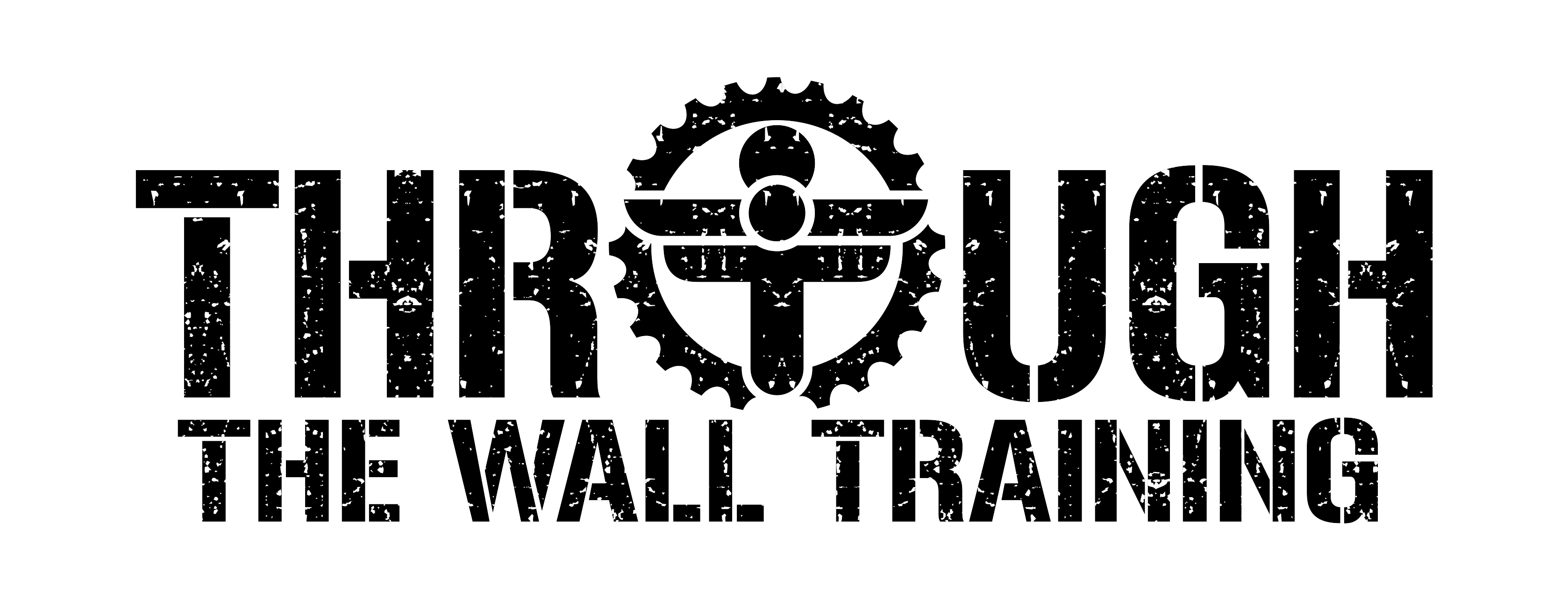Endurance Training: Hit the Weights!

Author: Nick Swanson: Owner and Coach for Through the Wall Training, LLC
Over the past few years, strength training for endurance athletes has come back into focus as a necessary component to a well-rounded training program. Strength training serves many purposes. Here are the top three benefits I see as a coach:
- Improved power and muscular endurance
- Injury prevention
- Improved health outside of sport
There are numerous studies that support improved performance by athletes with concurrent strength and endurance training vs. control groups who perform just endurance training. One very interesting study published in the Journal of Strength and Conditioning Research in 2013 once again showed this result with a group of runners. However, this study also found that the gains were maintained up to 5 weeks after returning to an endurance only program. This has very important implications to designing a taper strategy for an “A” race.
Strength training can help to prevent injuries by correcting muscular imbalances in the body, expanding range of motion, increasing muscular strength through a full range of motion, and improving core strength. A well-developed, full-body strength training session that takes an athlete through compound exercises with a full range of motion will accomplish this.
The 3rd benefit to highlight is general health. Most of us don’t get paid to ride our bikes or run so sacrificing total body strength for our sport doesn’t really make sense (think about the upper bodies of professional cyclists or marathon runners). Strength training improves bone density, helps you lift your child and their car seat into the car, and do lots of other important daily tasks.
Looking for a couple of quick workouts you can do to get started? Here are 2 full-body strength training workouts that use compound exercises through a full range of motion.
Workout #1:
For this workout, use a weight that you can complete about 10 repetitions with for those exercises that require additional weight. Do 4 sets of each pair, completing 7-8 repetitions per set. The set and rep range are meant to build strength, not add size. Note: If you have not been regularly doing strength training do 1 to 2 sets and use a weight that you could complete 20 repetitions with. Only do 15 repetitions per set though.
- Thorough dynamic warm-up
- Back Squats with dumbbells or weighted barbell
- Single Leg, Single Arm Dumbbell row
- Swiss ball or TRX hamstring curl
- Dumbbell bench press
- 30 seconds each of front plank, right side plank, left side plank
- 12 supermans
Workout #2:
For this workout, use a weight that you can complete about 10 repetitions with for those exercises that require additional weight. Do 4 sets of each pair, completing 7-8 repetitions per set. The set and rep range are meant to build strength, not add size. Note: If you have not been regularly doing strength training do 1 to 2 sets and use a weight that you could complete 20 repetitions with. Only do 15 repetitions per set though.
- Thorough dynamic warm-up
- Deadlifts with dumbbells or weighted barbell
- Pushups x 12-15
- Lunge jumps x 8 each leg
- Pullups x 4 fewer than the max you can do in a 1 set
- Swiss ball twists x 10 each side
- Single leg Romanian deadlift with dumbbell or kettlebell if possible
References
